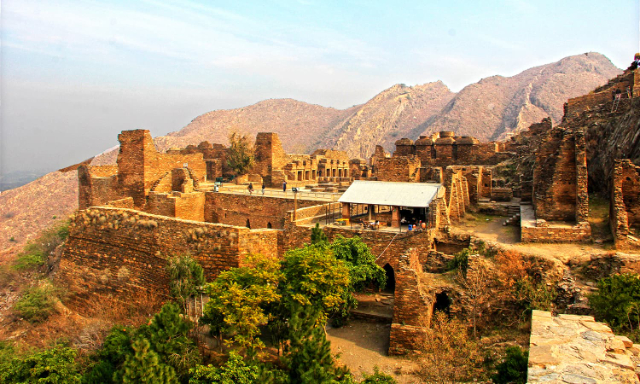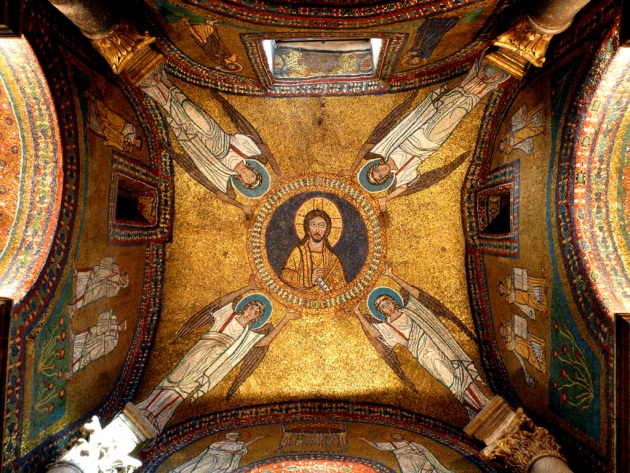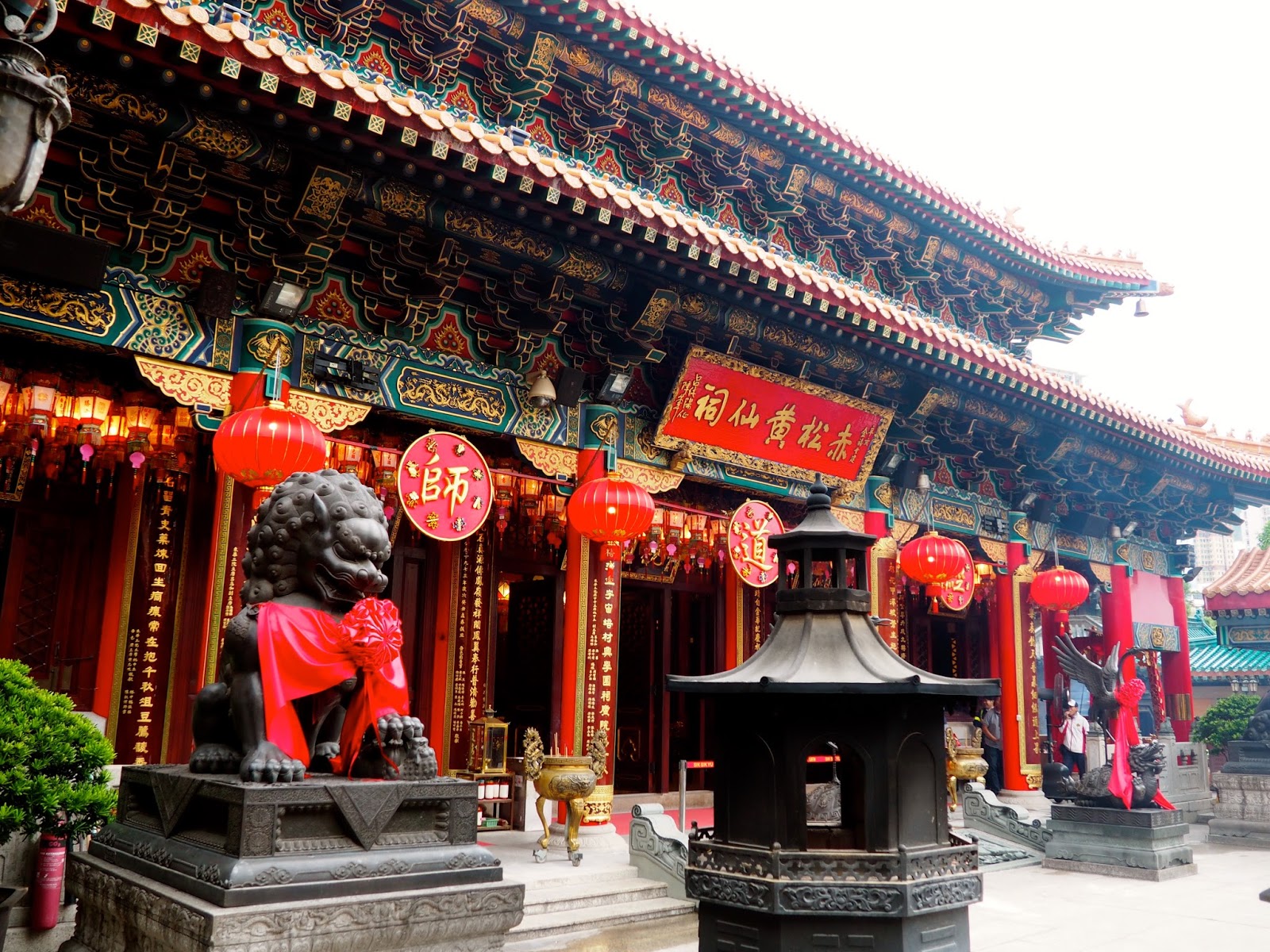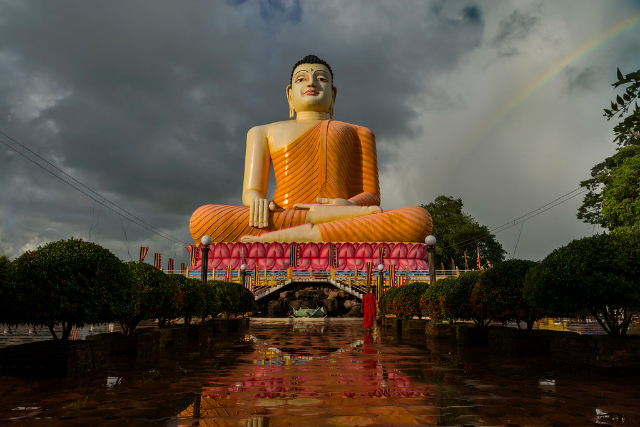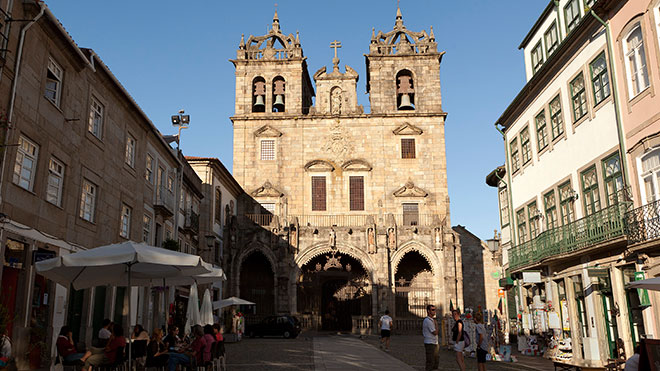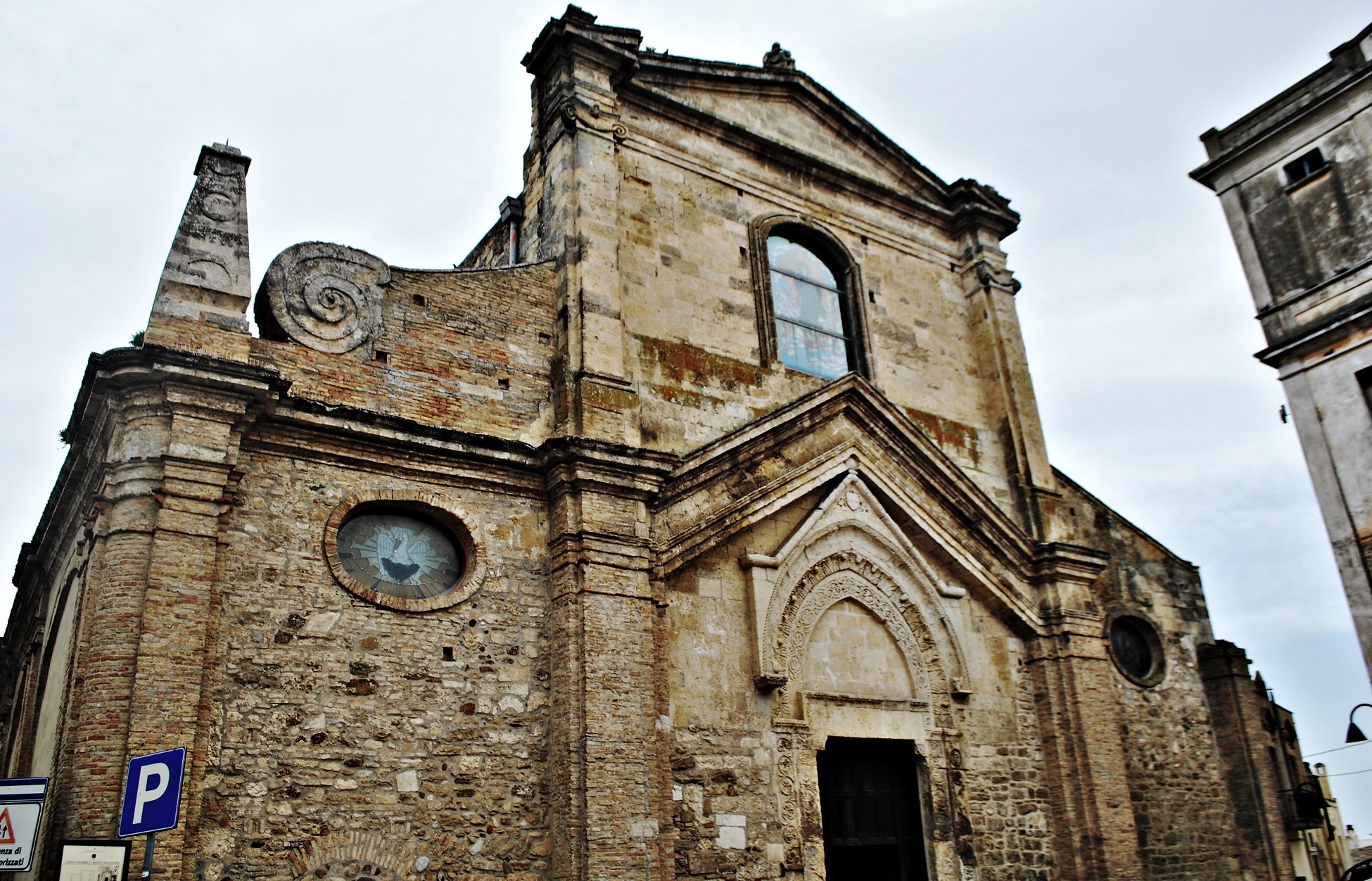During the 5th and 6th centuries, as the Huns of Central Asia expanded their empire across present-day Pakistan and Afghanistan, hundreds of Buddhist sites fell victim to destruction. However, some monasteries and temples were spared from the onslaught due to their remote and inaccessible locations.
One such site is the Takht-i-Bahi monastery, which remains an important Buddhist site to this day. Situated in the elevated terrain of the Mardan province in Pakistan, Takht-i-Bahi derives its name from Persian, where “takht” means throne and “bahi” means spring. Despite suffering some damage, it stands as one of the most well-preserved early Buddhist sites in the region.
Originally built as a small stone monastery in the 1st century, Takht-i-Bahi’s historical significance is evident from early inscriptions referring to Gondophares, the Indo-Parthian king of the time. Over the centuries, successive rulers patronized the monastery, leading to the addition of more structures to the original complex. By the 9th century, it had evolved into a sprawling Buddhist complex, supported by the nearby fortified town of Sahr-i-Bahlol. The residents of Sahr-i-Bahlol regularly provided offerings and sustenance to the monks residing at Takht-i-Bahi.
Despite enduring the tumultuous invasions of the era, Takht-i-Bahi experienced a gradual decline in the 7th century as Buddhism’s influence waned and donations dwindled. Eventually abandoned by the monks, the monastery lay forgotten until its rediscovery in the late 19th century.
Excavations conducted from 1907 unearthed hundreds of statues and sculptures, shedding light on early Buddhist history and Pakistan’s heritage. The complex comprises a main court of stupas, meditation cells, meeting halls, and covered passages. Recognizing its cultural significance, UNESCO declared Takht-i-Bahi and the nearby ruins of Sahr-i-Bahlol as a World Heritage site in 1980.

